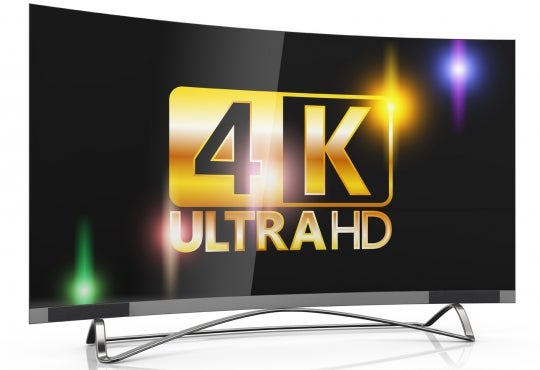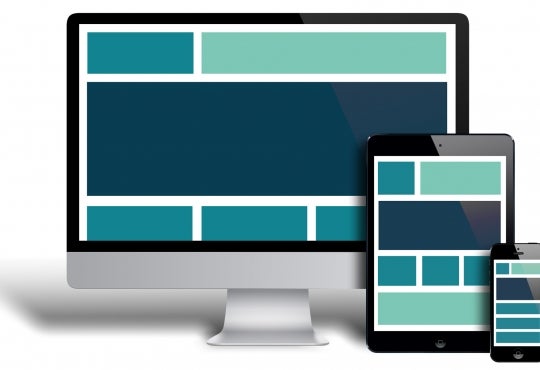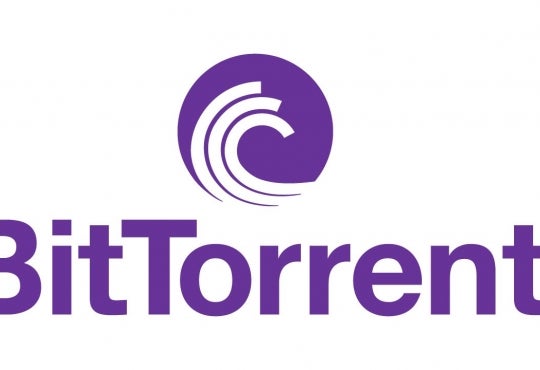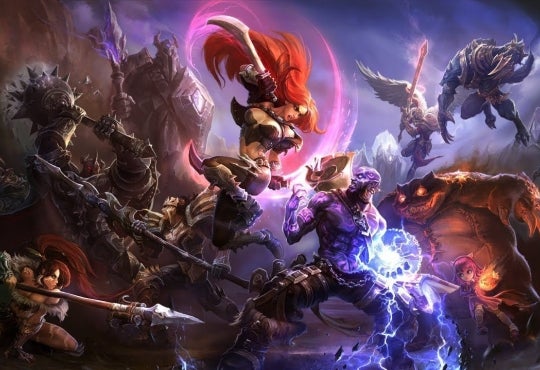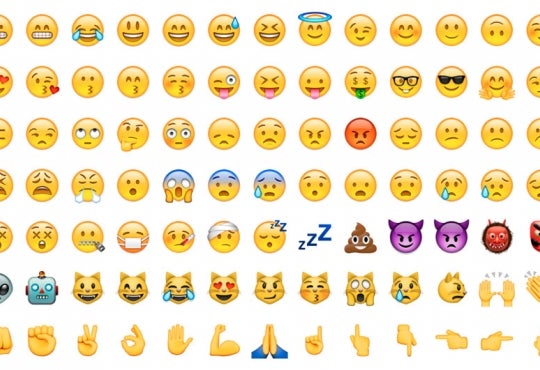In 1973, the very first call from a cellphone was made. The phone was larger than a brick and only supported voice communication. Today, cellphones fit perfectly into our pockets and nearly everyone carries one. Cellphones have evolved into smartphones which can be used to surf the web, text friends, get directions, play games, listen to music, and so much more. So what’s the next big development in personal devices? Wearable tech.
You may or may not have heard of Google Glass, the new cutting edge “glasses” that have similar functions to a smartphone. Google Glass uses a projector and a prism, located above the right eye, to display a small screen on to your retina where eye movements, head movements, and voice commands can be used to navigate menus and apps. There is a front facing camera which allows you to take pictures and video on the fly. With this camera, you can video chat with people, as well as stream video. Google Glasses also have a microphone and a speaker which let you take phone calls and record audio. Another cool feature of Glass is its GPS function. While driving, you can see your speed as well as the route you need to take. As of the moment, Google Glass is in a testing phase and is available only to residents of the United States who are willing to sign up and shell out $1500.
Google isn’t the only one trying to put a dent in the wearable tech industry. Epson already had a head start with their Moverio BT-200. Epson’s glasses are mostly for gaming at home, whereas Google Glass is used for an on-the-go experience.
Epson’s glasses function differently as well. Rather than only having a screen displayed in the top right corner of your vision, Epson’s glasses use two projectors alongside two lenses that are placed 45 degrees to your eyes. With this, the glasses can create 3D images (something that Google Glass can’t do yet). The main drawback of these glasses is that they are significantly larger than Google Glass and also look a lot goofier too.
Although wearable tech is a cool idea, it’s hardly fashionable at the moment. However, one new invention would be able to incorporate every aspect of Google Glass and a smartphone, but remain virtually unnoticeable. It’s called a bionic contact lens. Imagine having the power of your smart phone literally everywhere you look. Researchers have been developing technology for contact lenses that work the same way as Google Glass. So far, they have only been able to get up to 8 pixels to be displayed on a contact lens at a time. Although that doesn’t seem like much at the moment, this number will increase with time. One of the biggest problems encountered for creating these types of lenses is the rapid movements that an eye makes. It’s hard to keep an image steady when your eyes move so quickly and frequently.
5 Things you can’t do with Google Glass (yet):
1. Share it. If you are caught selling or lending out your Google Glass for others to use, then Google will disable those glasses.
2. Swear. Google Glass has a filter on using swear words and sending text messages. So you may not be able to use quite the specific language that you might hope to use.
3. Face recognition. Google Glass doesn’t support face recognition and for good reasons too. Otherwise, you could get a large amount of personal information just by looking at someone.
4. Drive. Although having a GPS in the right corner of your eye would be quite nifty, many states and provinces have deemed the device to be too distracting while driving.
5. Use in casinos or movie theatres. Both these places have a very strict “no cameras” policy, so it makes sense that they wouldn’t want a device capable of recording.
Possible Future Applications:
Wearable tech opens up a whole world of opportunities. One of which is being able to translate text and speech from a foreign language, to one that you can understand. Google Glass already has this capability with translating signs. Right now, the glass can translate signs from German, Italian, French, and Portuguese into English. In the future, it could be possible to understand someone who speaks a different language through subtitles that pop up on your Google Glass or contact lenses. There are also some medical applications of this technology. Nurses could stream video of a patient’s wound or illness to a doctor who would then be able to decide whether or not he is needed there to treat the patient or if he can simply direct the nurses on how to treat the patient. The applications for Google Glass and bionic contact lenses are unlimited. They have the potential to make everyday life and any line of work much more efficient.



